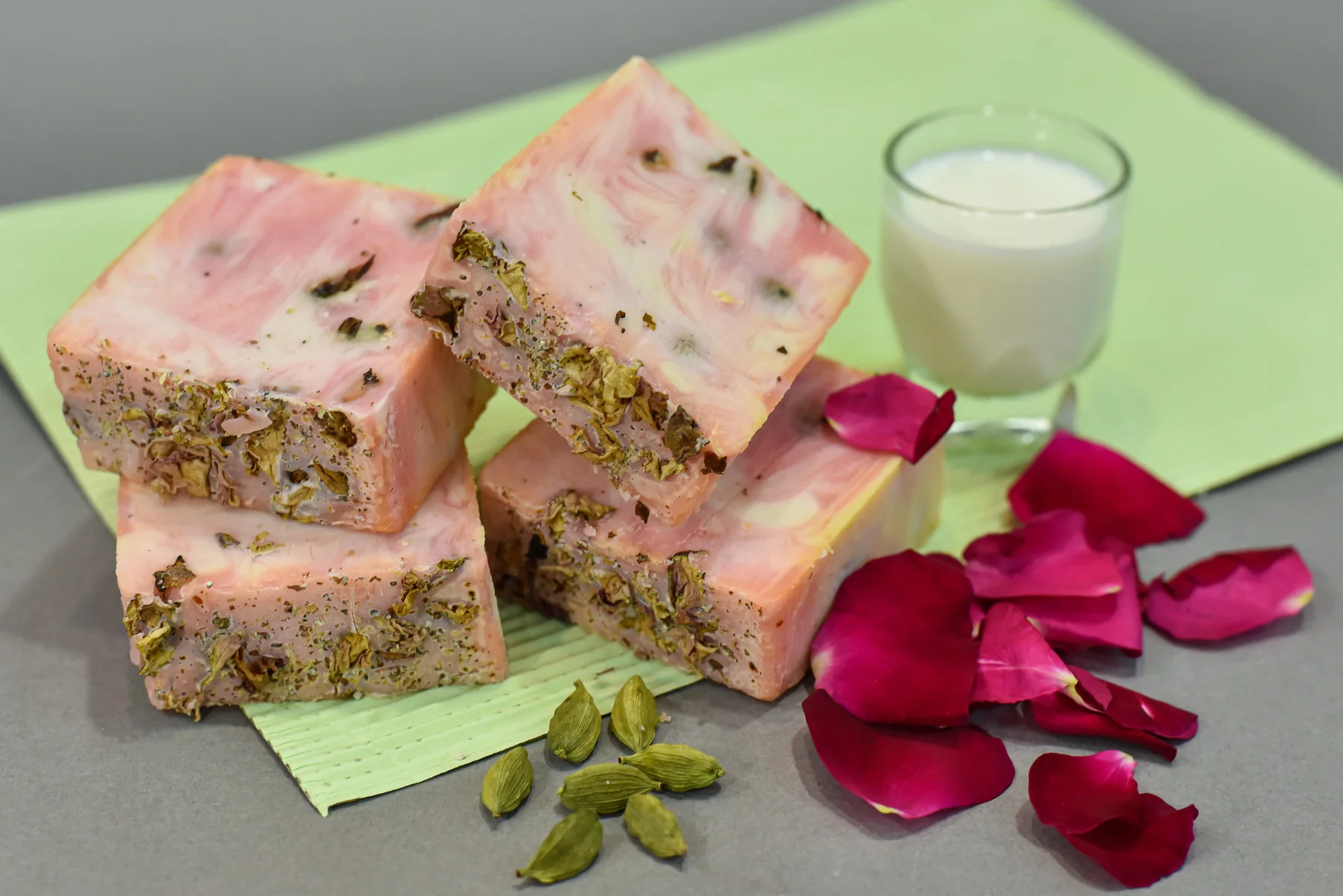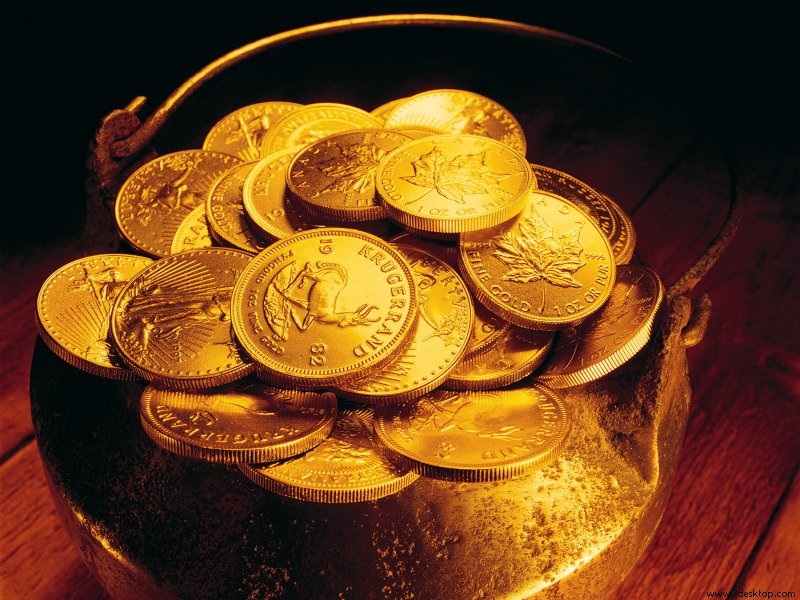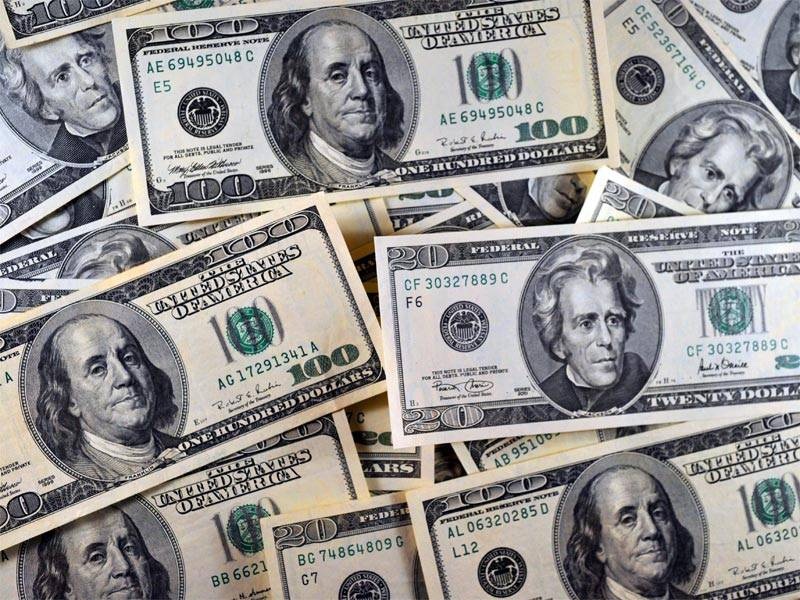Introduction
Since soap has been around for so long, its applications have seen significant modification. Initially, the only use of soap was for basic hygiene and illness prevention. In the modern world, soap is often marketed as a luxury good, loaded with unique scents that provide benefits beyond simple hygiene. Let’s discuss each step taken in the development of soap by looking back at its past. Do check out: luxury hand soap
Soap And Its Development Over Time
We use soap daily without giving it a second thought because it is so common. It is a cleansing substance that aids in removing bacteria, sweat, and dirt from our skin. Techniques for producing soap were invented in ancient Babylon approximately 2800 BC.
To make a cleanser for washing garments and skin, ancient Babylonians cooked fats with ashes. There are many various kinds of soaps available, including ones with natural components and those intended for particular skin types.
Ancient Uses Of Soaps
Soap has been used for fascinating purposes for thousands of years. Soap was largely utilized for therapeutic purposes in ancient Rome and Greece. Ancient Egypt created soap out of animal fats and fragrant oils for hygienic purposes.
Making soap was frequently handed down through the generations. It’s an amazing fact that the ancient Greeks and Romans valued soap so highly although we take it for granted today.
Association Of Soap With Cleanliness During The Middle Ages
Many people in the middle ages did not place high importance on cleanliness. But as illness and disease spread quickly over Europe, the value of cleanliness grew more clear. In this situation, soap proved useful. Animal fats and ash were combined to make soap. It became a popular option for personal hygiene because of how well it removed dirt and filth. Unpleasant smells were covered up by the soap’s scent. As soap was used more frequently, it soon came to be understood as a symbol of hygiene and cleanliness.
Commercialization Of Soap In The 19th Century
Making soap evolved from a necessary domestic item to a flourishing commercial sector in the 19th century. The learning of the chemical components of soap enabled precise production techniques. These revolutionary bath soaps were advertised as being luxurious and spotless. Commercial soap production made it possible for middle-class women to buy goods that were previously only available to the wealthy. It significantly contributed to the development of the culture of consumption that came to define the 20th century.
Modern Marketing Campaigns Of Soap As A Luxury Product
Modern marketing strategies have raised this modest product in recent years, fueling consumer demand for the fanciest smells, textures, and packaging. Soap has been raised to a new level of status thanks to social media influencers and glossy magazine ads showing designer brands. Others accept the idea that soap may be a type of pleasure, a simple but significant method of pampering oneself, while others may claim that it is merely a need.

















